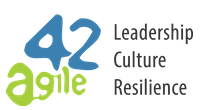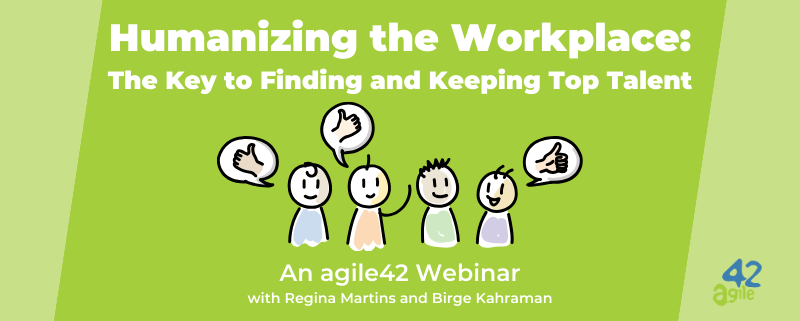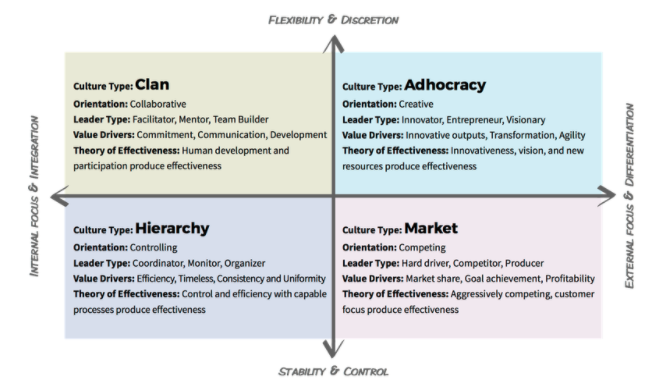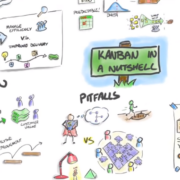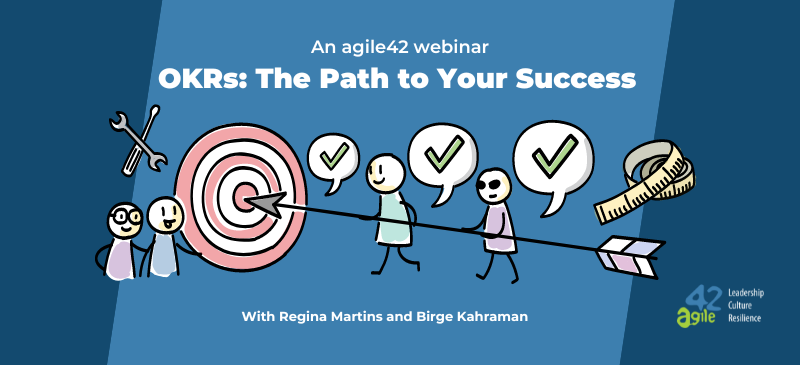Webinar | Unraveling Workplace Dynamics: Insights from Humanizing the Workplace
In our recent webinar titled Humanizing the Workplace: The Key to Finding and Keeping Top Talent, experts Regina Martins and Birge Kahraman delved into the essential aspects of fostering a positive work environment. The discussion revolved around the challenges organizations face when transitioning to remote work and the importance of humanizing the workplace when it comes to attracting and retaining top talent. The speakers emphasized the importance of servant leadership, active listening, and the creation of purpose-driven goals to cultivate a healthy and happy workplace.
The webinar delved deep into the complexities of modern work environments. Particular focus is placed on challenges like remote work, quiet quitting, and resenteeism. The discussion highlighted the need for organizations to humanize the workplace. This can be done by embracing change, fostering open communication, and cultivating a culture of empathy, adaptability, and resilience. In this discussion, we recognised the multi-dimensional nature of workplace challenges. By addressing these challenges collaboratively, we can pave the way for healthier, more productive work environments. Watch the full recording below, or read on for six of the key takeaways from the session.
Watch our Leadership Webinar: The Top Challenges Facing Modern Leaders
1. Quiet quitting is a modern, yet manageable phenomenon
Quiet quitting happens when an employee disengages mentally and emotionally from their work. Martins defines the concept as a variety of psychological and behavior patterns, such as a lack of participation, a decrease in sense of belonging, and a general disregard for the company and its goals. Martins points out that “people don’t leave companies; they leave leaders”, and when people start checking out from their jobs they find themselves in a “state of limbo, unsure of what to do next.”
Leaders should aim to create a conducive environment for their employees. Individuals should aim to take responsibility for their own engagement and practice self-organization. As this problem is multi-dimensional, there is no single biggest cause. Karhaman believes that a major cause is that people don’t like uncertainty. Gray areas often arise during organizational changes, which leads to uncertainty. It’s during these times of change that it becomes all the more important to focus on psychological safety and effective change management strategies.
A webinar attendee bought up the topic of pre-exit interviews as a possible solution. Both coaches agreed this was a useful way to prevent quiet quitting. Pre-exit interviews are meaningful conversations with employees who might be thinking about leaving the organization. By doing these interviews, leaders can uncover underlying issues, and address them before they become worse. This approach shows a commitment to employee satisfaction, leading to higher retention rates. Regular check-ins with team members can also help identify areas of improvement, creating a positive workplace atmosphere.
2. Resenteeism is a cry for help, and has to be addressed with empathy and open communication
Resenteeism in the workplace occurs where employees openly and repeatedly express their dissatisfaction while still remaining in their current role. Understanding the reasons behind resenteeism and approaching it with empathy can transform negativity into constructive feedback. Constructive feedback can help foster a healthier work environment. Martins notes that the negative mindsets coming from employees experiencing resenteeism can be seen as a “cry for help”. Employers need to try to understand the reason behind this behavior.
The underlying causes of unhappiness at work are varied. It can include management decisions, organizational culture problems, or a lack of resources, to name a few factors. Sudden and unilateral change, as Martins mentions, are also a major catalyst. Karhaman mentions that “gossiping is also a form of resenteeism”. This can contribute to a toxic workplace culture if not addressed.

Martins acknowledges the importance of open communication and empathy, stating that we should “practice empathy, question why this behavior is happening, listen to what is mentioned and investigate what these employees are complaining about.” There is a growing need for organizations to create a culture where feedback is encouraged, negativity is addressed constructively, conflict is resolved swiftly, and toxic behavior is tackled quickly.
For more advice on conflict resolution, read our article on How to resolve conflict in the workplace.
3. We must not underestimate the impact of purpose-driven SMART goals
The conversation highlighted the crucial role of purpose-driven goals in motivating employees and improving engagement. The speakers emphasized the importance of aligning individual, team, and organizational goals. Whether using Scrum or OKRs, everyone agreed that setting specific, measurable, attainable, relevant, and timely (SMART) goals helps teams focus, fosters collaboration, and promotes a sense of achievement.
Misusing goals, such as using them solely for performance evaluations, can create frustration and hinder productivity. Goals must rather align with the organization’s broader objectives and be co-created with team members. Collaborative goal setting fosters a sense of ownership, increasing motivation and commitment.
To explore how Agile teams can use OKRs, and how we can connect them to our business goals, watch our webinar on OKRs: The Path to Your Success.
4. Servant leadership and active listening are superpowers for unlocking true potential
Servant leadership revolves around prioritizing the well-being and growth of team members. Leaders who adopt this approach actively listen to their team, provide support, and create an environment of trust. They understand that their role is to enable and empower their employees, encouraging them to reach their full potential.

Martins shared a poignant example of a development manager who practiced active listening during one-on-one sessions. This approach, rooted in empathy and emotional intelligence, created an atmosphere of trust and open communication. By embracing servant leadership, organizations can foster strong, collaborative teams and boost employee morale.
Listening is a fundamental soft skill that leaders must develop. Active listening involves fully engaging with the speaker, and demonstrates empathy and understanding. When leaders listen to their team members’ concerns, ideas, and feedback, it builds trust and strengthens the working relationship. Cultivating emotional intelligence enables leaders to respond effectively to their team’s needs, creating a harmonious and respectful workplace environment.
For more on developing soft skills, read our article Mastering Soft Skills for Effective Work.
5. Employers should co-create changes with their teams
When we implement changes within an organization, it’s crucial to involve employees in the process. Leaders should avoid abrupt changes imposed from the top down. Instead, they should co-create the change with their team, ensure transparency and provide opportunities for feedback. If employees are involved in the decision-making process, leaders can reduce resistance and increase acceptance of the changes. This collaborative approach can promote a smoother transition and enhances the likelihood of successful execution.
The discussion delved into the delicate balance between control and empowerment in organizations, and understanding the context is crucial. While some situations demand control, fostering a culture where organizational needs align with employee expectations is essential. Cultural coherence is the key to this. Kahraman reinforces this notion by commenting that “the most successful companies are the coherent companies”. Understanding the needs of both the organization and its employees paves the way for a balanced approach between control and empowerment.
The webinar also explores the evolving expectations of the younger working class, particularly Generation Z. The speakers urged organizations to focus on changing their structures to welcome diversity and changing paradigms. Martins points out that “it’s not just about the generations, it’s about the whole diversity of people we have coming into our companies”. We should focus on making our organizations more resilient, inclusive, and responsive to people’s evolving needs. This focus must be applied for all employees, not just for new employees.
6. Leaders should foster a positive and purposeful work environment
A positive work environment goes beyond mere fun; it’s about creating a sense of purpose. While fun is important, the webinar highlighted that a meaningful work environment goes beyond mere enjoyment. Fostering a sense of purpose, trust, and psychological safety within teams is essential.
Martins emphasized that organizational culture lies beneath the surface of everyday interaction, and plays a critical role in shaping employee behavior and outcomes. Leaders should double down on this foundation, and focus on inspiring their teams with a shared vision and meaningful goals. Acknowledging and celebrating achievements, both big and small, reinforces the positive atmosphere, fostering a strong workplace culture. Ultimately, the key to keeping top talent is ensuring that employees find enjoyment, value, and significance in their work.
Want to improve your soft skills?
We offer a variety of online short courses to help you boost your soft skills, and ultimately create happier, more human workplaces.
-
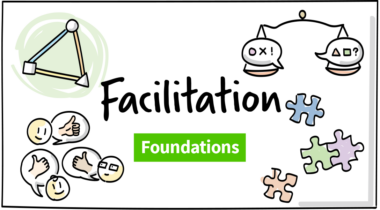 Facilitation Foundations€79.00 (excl. VAT)
Facilitation Foundations€79.00 (excl. VAT) -
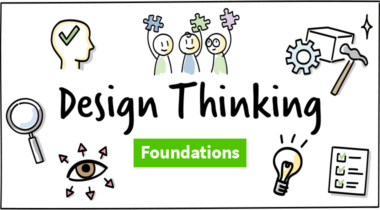 Design Thinking Foundations€299.00 (excl. VAT)
Design Thinking Foundations€299.00 (excl. VAT) -
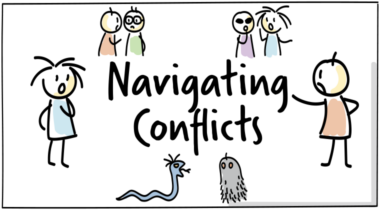 Navigating Conflicts€242.00 (excl. VAT)
Navigating Conflicts€242.00 (excl. VAT) -
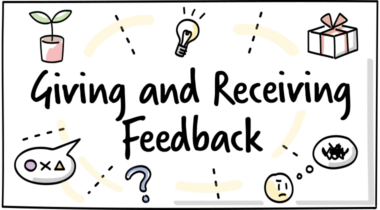 Giving and Receiving Feedback€79.00 (excl. VAT)
Giving and Receiving Feedback€79.00 (excl. VAT) -
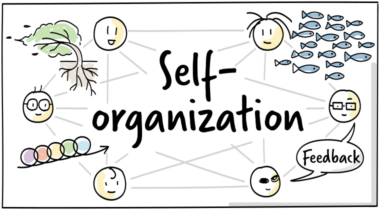 Self-Organization€79.00 (excl. VAT)
Self-Organization€79.00 (excl. VAT) -
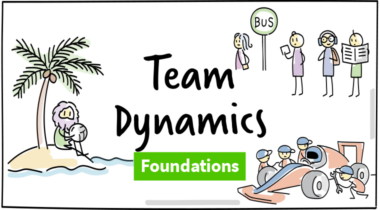 Team Dynamics Foundations€79.00 (excl. VAT)
Team Dynamics Foundations€79.00 (excl. VAT) -
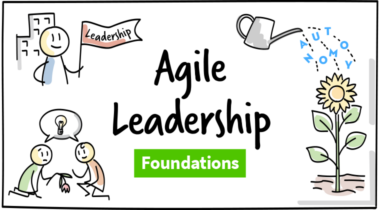 Agile Leadership Foundations€79.00 (excl. VAT)
Agile Leadership Foundations€79.00 (excl. VAT)
